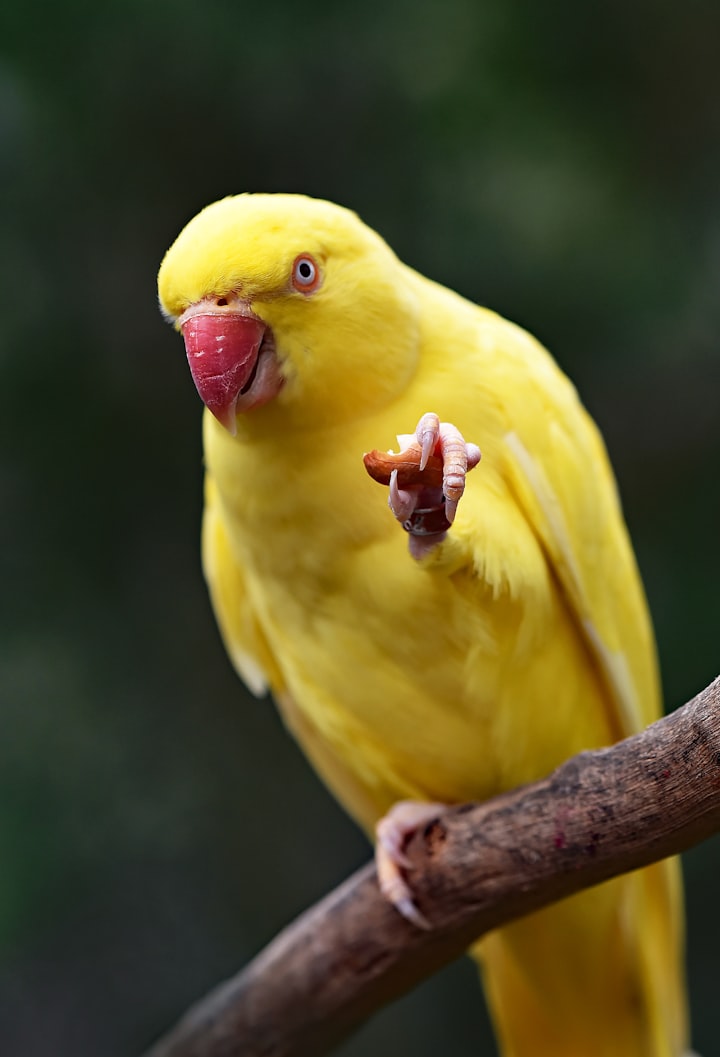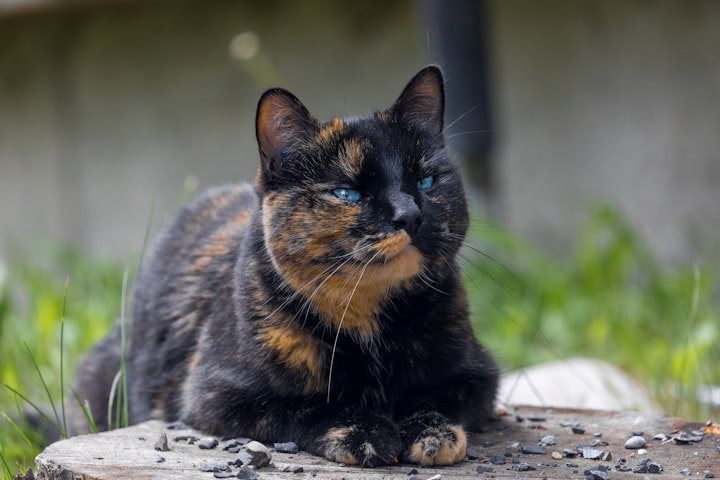
Have you found a little bird while you were walking and now you don't know what to do? Were you going to trim the hedge in the garden, but you hear chirping among the leaves? We explain everything you need to know about bird reproduction and when each bird hatches.
When does the reproduction of birds take place?
In general, the reproduction of most wild birds takes place from spring to summer. The table below represents when each species hatches and by what color you can recognize the clutch.
Species
breeding season
brood color
Blackbird
March July
Green
Washerwoman
March July
mottled brownish-gray
Tit
April June
reddish-brown with dots
Finch
March, June
Light brown to bluish with reddish spots/stripes
great spotted woodpecker
April July
White
bullfinch
April-August
Bluish with reddish-black spots
redstart
May July
between green and blue
capuchin tit
April June
reddish with spots
dnnock
April-August
between green and blue
nuthatch
April June
Reddish-brown with spots
Great Tit
April July
Reddish-brown with spots
Robin
April July
Reddish
Tit
April June
dark with dots
wren
April-August
mottled reddish
What must be taken into account for homeownership?
The breeding season of birds is somewhat different when they are kept at home. Two exotic species that are usually kept at home are canaries and nymphs. Although the breeding season of these birds in the wild begins in spring, in the care of people they hatch in any season.
These factors play a crucial role:
• Daylight
• Temperature
• Feeding
If you have exotic birds at home, they may also breed in the fall. However, if they live in an outside aviary, they will probably lay eggs in spring due to the cold and a few hours of light.
Poultry farming: things to consider
Native species need your help because they are losing their habitat due to the urbanization of green areas. Therefore, you must do what you can to protect the young.
How to help the chicks:
1. hedge pruning
Many species of birds build their nest among the branches of dense hedges. Here, the eggs and newly hatched chicks are protected from predators (eg cats) and harsh weather. The nesting and breeding season for birds begins on March 1 and ends on September 30. During this period, hedges, bushes, and trees should not be felled or trimmed.
Law 42/2007, of December 13, on Natural Heritage and Biodiversity, stipulates the following prohibition:
«In the case of animals, including their larvae, young, or eggs, that of any action carried out with the purpose of killing, capturing, persecuting or disturbing them, as well as the destruction or deterioration of their nests, vivariums and places of reproduction, wintering or repose"
2. Take the dog on a leash
There are countries, such as Germany, where it is mandatory to keep the dog on a leash in some states. For example, in Sarre, fines of up to 5,000 euros are imposed on anyone who takes the dog without a leash during the bird's breeding season. Although these fines do not exist in Spain, it is important to keep the dog away from the clutches to protect them.
3. Offer them a nest
Since bird breeding starts in March, February is the best time to place nesting boxes in the garden. The type of nest you will need depends on the species of bird.
The robin likes large openings, while tits and sparrows prefer smaller ones. For its part, the wren needs a semi-open nest. The best thing is that the nest is made with natural materials, such as wood, terracotta, or cement wood. Do not use plastic, as mold can form inside due to high humidity.
Found bird: what to do?
If you find a little bird, do not rush. Take a look at the plumage and general condition of the bird. If it has full plumage and can already fly a few meters, leave it where it is.
If the feathers are still sheathed and the animal is still not moving, it is probably a nestling. Therefore, it is an orphaned chick that needs your help.
Attention: The law prohibits destroying bird nests. If you can reach the nest and want to return the chick, you must do so carefully so as not to damage the nest. Only do this when the parents are out looking for food and out of sight of you. Since birds do not have a very developed sense of smell, they will not realize that you have touched the chick.
If you can't find the nest or the bird is hurt, catch it. Before you put it in a box, examine it thoroughly. It could have been a victim of a cat or had a broken wing.
If you notice open wounds or the bird looks unwell, contact a vet. He or she may give you antibiotics against bacterial infections or pain relievers.
If you already have the chick at home, you should warm it up. To feed it, you will need blunt tweezers or a disposable syringe to insert solid food or porridge into its beak.
The type of food the chick needs depends on the species. If you can't determine the species, you can ask your vet or an expert (eg, bird protection organizations).
About the Creator
Abu Saleh
Content writer & Affiliate marketer. https://bestpetslover.com






Comments
There are no comments for this story
Be the first to respond and start the conversation.